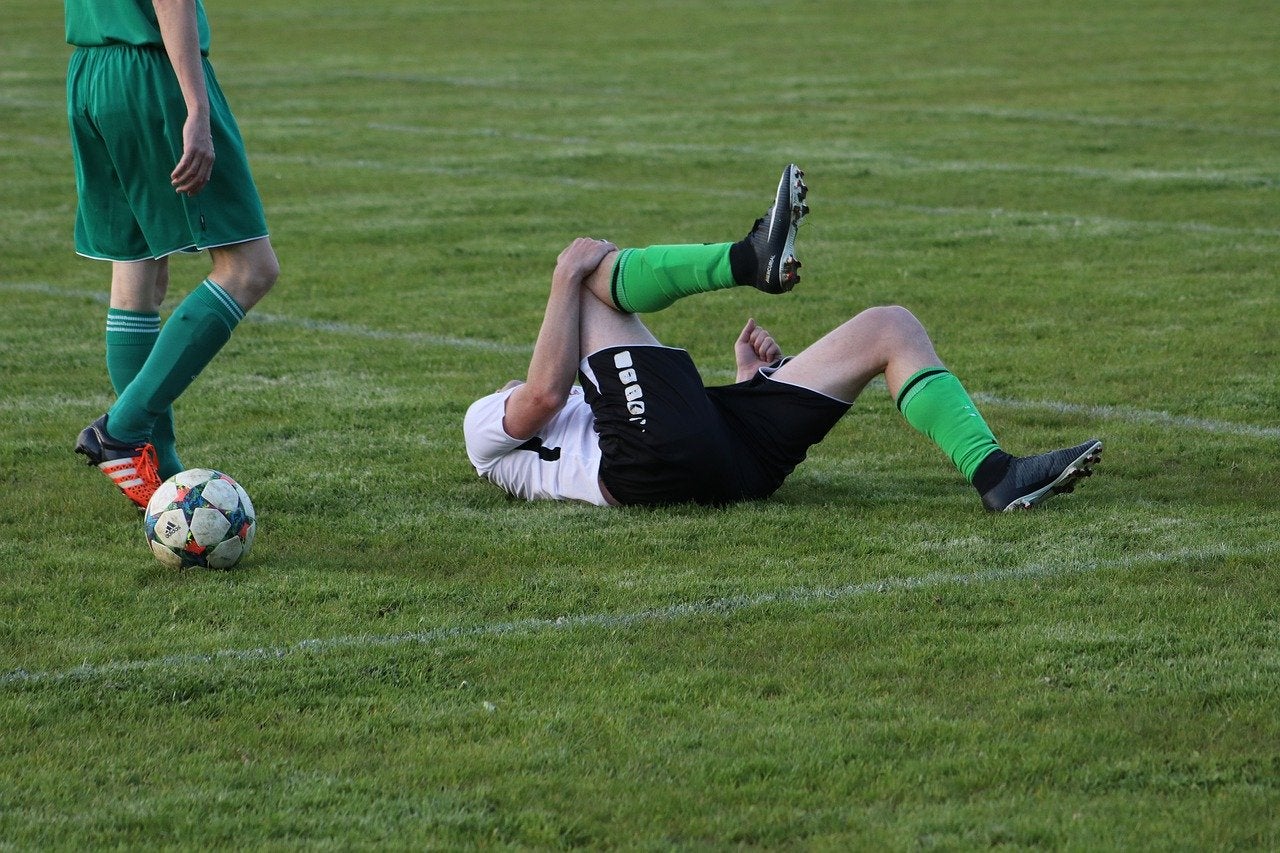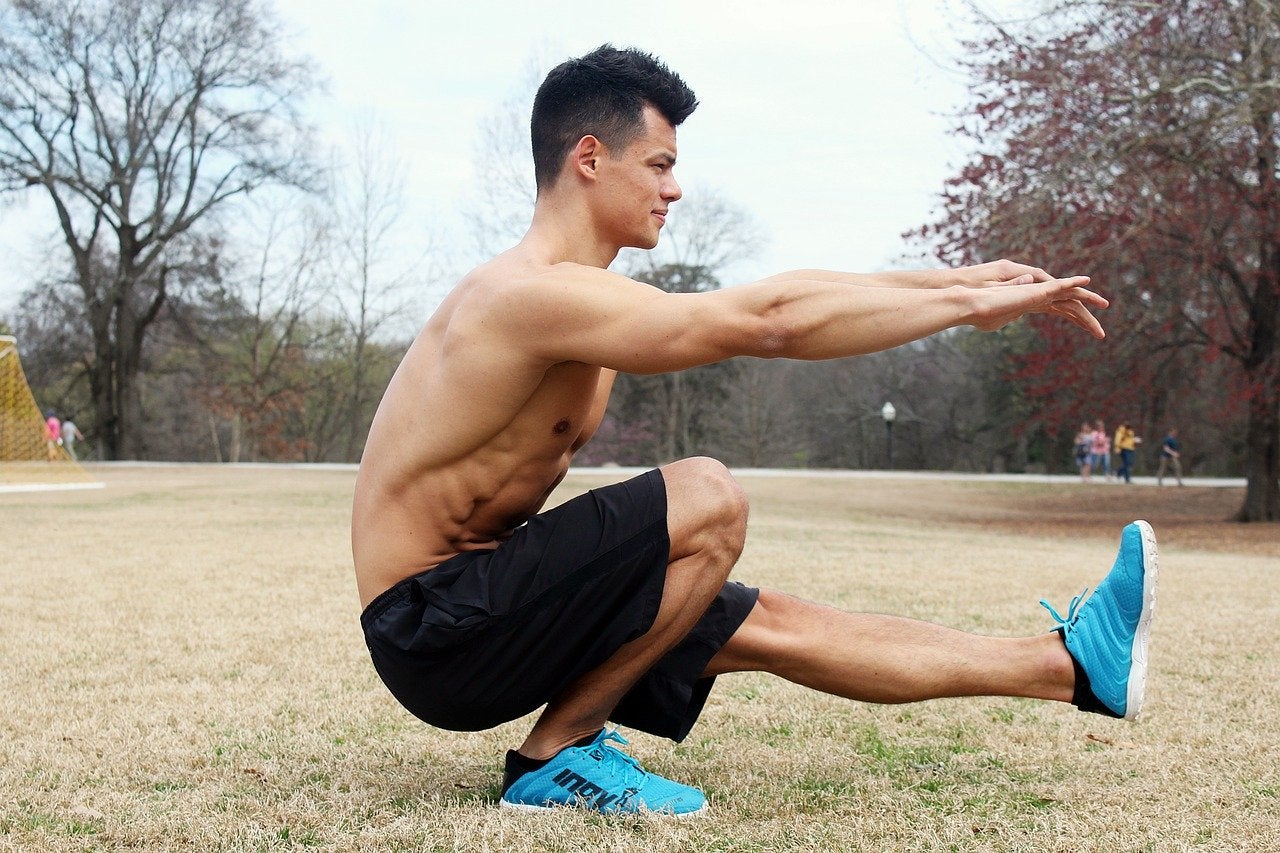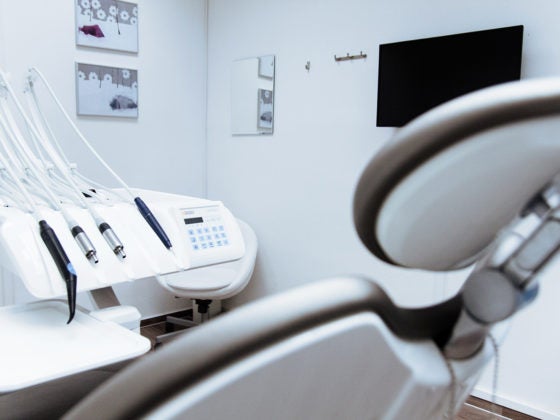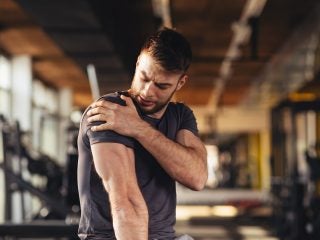Knee pain could be one of the hardest things your body has to endure, especially if it is a severe injury. The pain prevents you from performing your daily activities and immobilizes you most of the time. Severe injuries should be treated by consulting a doctor; however, medications alone will not get the knee back to its normal state. Thus medical interventions need to be combined with essential knee exercises.
Here we present 7 of the best exercises to regain your knee strength after an injury.
Stretches
Never start exercising with an injured knee by performing high resistance training; this will only worsen the pain. Initially, start your workout by stretching your muscles in order to warm them up. This point of view is also shared by the gurus at For Knees, who writes several blogs on how one can take care of his knee, even at old age. Quadriceps stretches, where you bend your leg back towards your bottom supporting it with your hand and holding the position for 30 seconds, are excellent for providing your hip and quadriceps muscles with the flexibility required.
Straight leg raises
A simple leg raise, while your body lies on the floor or a flat surface, could be a great starter for your knee exercises. All that you need to do is to lie on your back bending one knee while keeping the other leg straight at the height of the other knee for 10 seconds; repeat 10 to 15 times. This exercise is suitable for knees that still lack in strength, however, once you are able to carry out this exercise smoothly, you should be able to go on to practice harder ones.
Prone leg raises
This exercise works on both your glutes and hamstrings, which is why it is good for regaining your knee strength. To perform this exercise, you should lie on your stomach, raise one leg towards the ceiling, keeping the leg straight, and hold it for 3 to 5 seconds. Repeat this motion with the other leg. As your muscles adapt, and the exercise becomes easier to perform, add weights to your ankle to increase the resistance and build more strength. You should not feel any back pain during this exercise, but if you do, try to decrease the angle between your leg and the floor. If the pain persists, stop the exercise and consult your doctor.
Biking
Biking is considered one of the most efficient knee exercises since it has an immediate effect on strengthening the muscles. However, you should not begin with it as it requires more strength than the above exercises. Start by riding a stationary bike to improve stability and avoid injury by falling off. Later on, when your knee improves, ride a real bike, but avoid going uphill or riding on uneven ground.
Squats
In order to progress into performing a full squat, start off with a half squat. It is all about bending your knees while keeping your back straight; however, do not bend too much. You can support your body by placing your arms straight in front of you, or by holding a chair. When you master the half squat, you can try a full squat by bending your knees and going down as low as you can then stand back up. A more advanced form of the squat exercise is called the wall squat, where you push your back against a wall and bend your knees; it can be exhausting, yet is extremely effective.
Calf raises
This exercise targets the back of your lower leg, the calf; it is a simple technique to perform. Your feet should be shoulder-length apart and your body should be positioned next to a wall or a chair for support. You raise both of your heels off the floor so that you stand on your toes for 2 seconds, then you return both heels back on the floor. Repeat this exercise 10 to 15 times to strengthen your calf muscles.
Step-ups
You can start by using the staircase in your house, or an aerobic stepper. Place one foot on the stairs and then raise the other one next to it; bring it back down and repeat this procedure with the other foot.
Remember that all of these exercises should be painless, and improve the strength of your muscles, thus relieving the pain. Any pain felt during an exercise, should either make you slow down or stop completely. Consult your doctor if the pain persists after the exercise is halted. If you follow the aforementioned exercises, your knee should feel a lot better and you will regain the strength you had before.



















